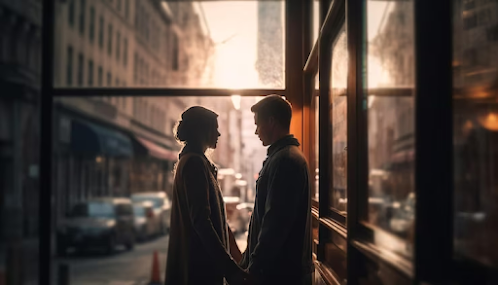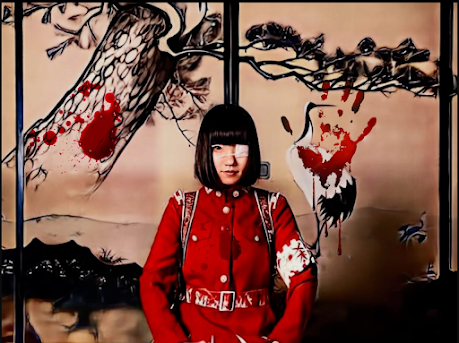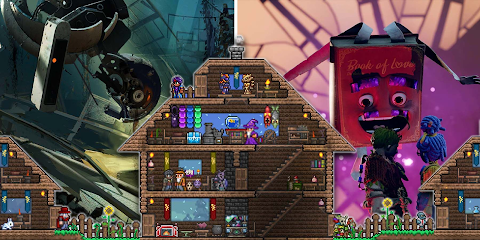Exploring the Enchanting World of Love Tropes in Storytelling
Love is a timeless and universal theme that has captured the hearts and minds of people for generations. In the world of storytelling, love tropes are essential tools that writers use to create captivating and relatable narratives. These tropes serve as the building blocks of romantic subplots, injecting depth and emotion into the stories we cherish. In this blog post, we'll dive into the enchanting world of love tropes, exploring their significance, popular examples, and how they can be optimized.
Understanding Love Tropes
Love tropes are recurring themes or narrative devices that depict various aspects of romantic relationships. They are the familiar patterns that readers and viewers recognize and often adore. These tropes provide a sense of comfort and anticipation, allowing audiences to connect with the characters and their romantic journeys on a deeper level.
Popular Love Tropes
- Enemies to Lovers: One of the most beloved love tropes, this involves characters who start off as adversaries but eventually fall in love. Think of Elizabeth Bennet and Mr. Darcy in Jane Austen's "Pride and Prejudice."
- Friends to Lovers: This trope explores the transition of a platonic friendship into a romantic one. A classic example is Ron and Hermione from the "Harry Potter" series.
- Forbidden Love: Stories where societal, familial, or external factors create obstacles for the couple. Romeo and Juliet epitomize this trope.
- Love Triangle: In this trope, a character is torn between two romantic interests. Bella Swan's dilemma between Edward and Jacob in "Twilight" is a famous example.
- Second Chance at Love: Characters who reunite after a period of separation or heartbreak. "The Notebook" exemplifies this trope.
Exploring Love Tropes in Literature
Love tropes have been a staple in literature for centuries. They provide a canvas for authors to paint complex and compelling relationships. Let's take a closer look at how these tropes have been used in some classic works:
- Shakespearean Romance: William Shakespeare masterfully employed love tropes in his plays. "Much Ado About Nothing" employs the "Fake Dating" trope as Beatrice and Benedick pretend to be in love to trick their friends.
- The Classic Novel: Jane Austen's novels are a treasure trove of love tropes. "Sense and Sensibility" explores the "Slow Burn" trope as Marianne and Colonel Brandon's love evolves gradually.
- Contemporary Fiction: In contemporary literature, authors like Nicholas Sparks have perfected the "Small Town Romance" trope, as seen in "The Lucky One."
The Role of Love Tropes in Film and Television
Love tropes are not confined to literature; they also play a significant role in film and television. Rom-coms, in particular, rely heavily on these tropes to create heartwarming stories that resonate with audiences. For instance:
- Notting Hill: This film embodies the "Celeb Crush" trope, where a regular person falls in love with a celebrity. The chemistry between Hugh Grant and Julia Roberts is irresistible.
- The Proposal: Starring Sandra Bullock and Ryan Reynolds, this movie uses the "Fake Relationship" trope to hilarious and heartwarming effect.
- Bridgerton: The Netflix series "Bridgerton" weaves a tapestry of love tropes, from "Forbidden Love" to "Arranged Marriage," creating a binge-worthy viewing experience.
Conclusion
Love tropes are the beating heart of romance in storytelling. They provide writers with a rich tapestry of emotions and scenarios to craft memorable love stories. By understanding these tropes and optimizing it, you can connect with readers who are passionate about the enchanting world of love in literature, film, and television. So, dive in, explore, and start creating your own love stories using these timeless narrative tools.




Comments
Post a Comment